
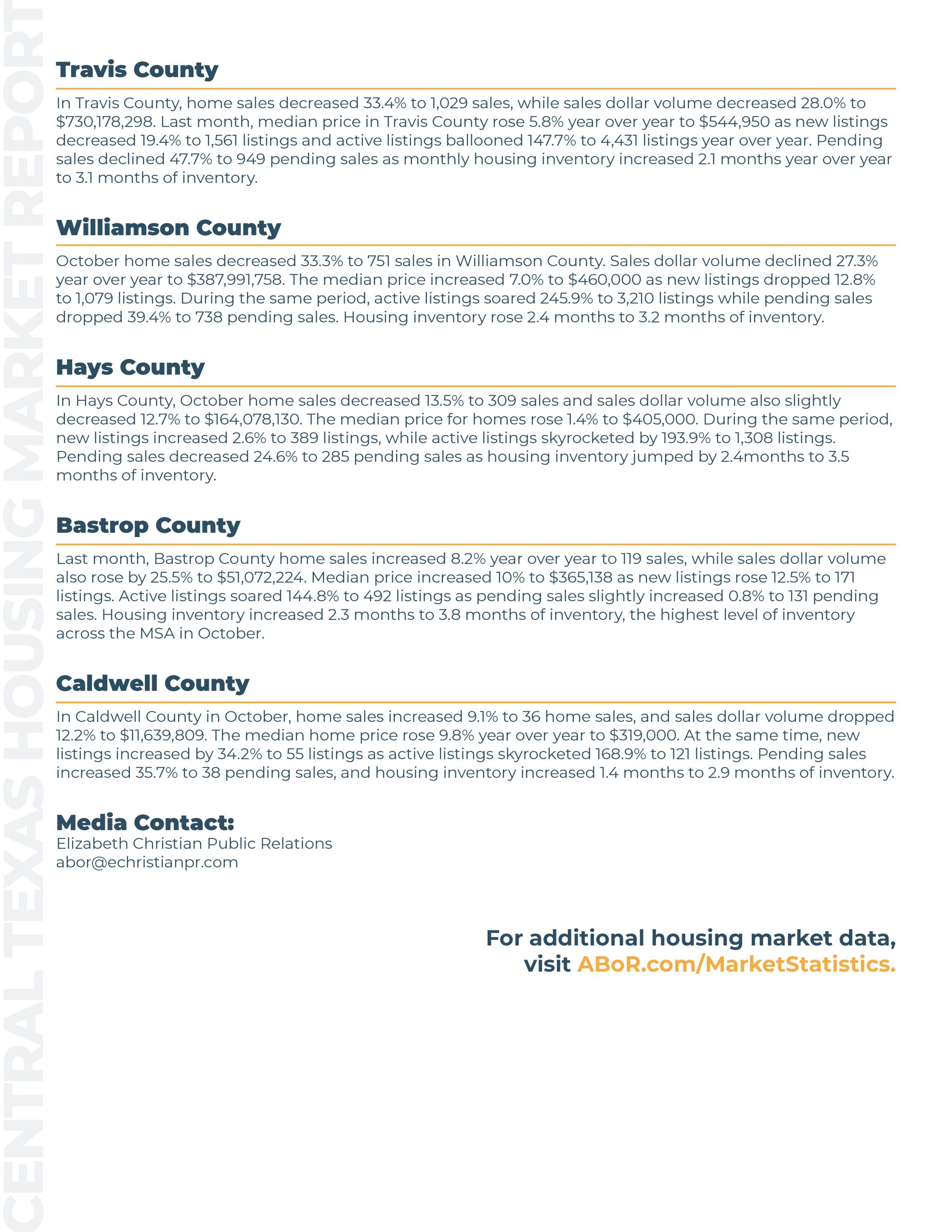
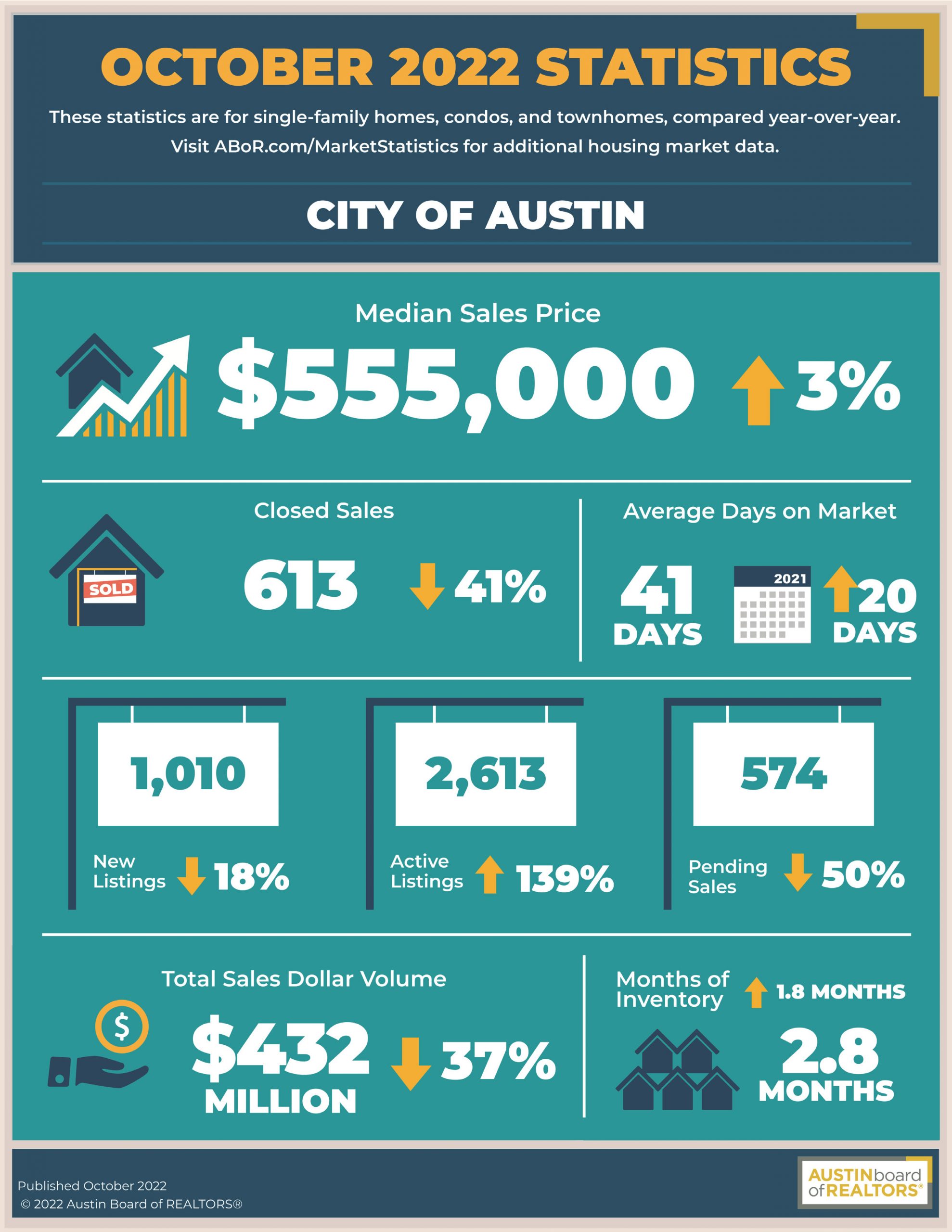

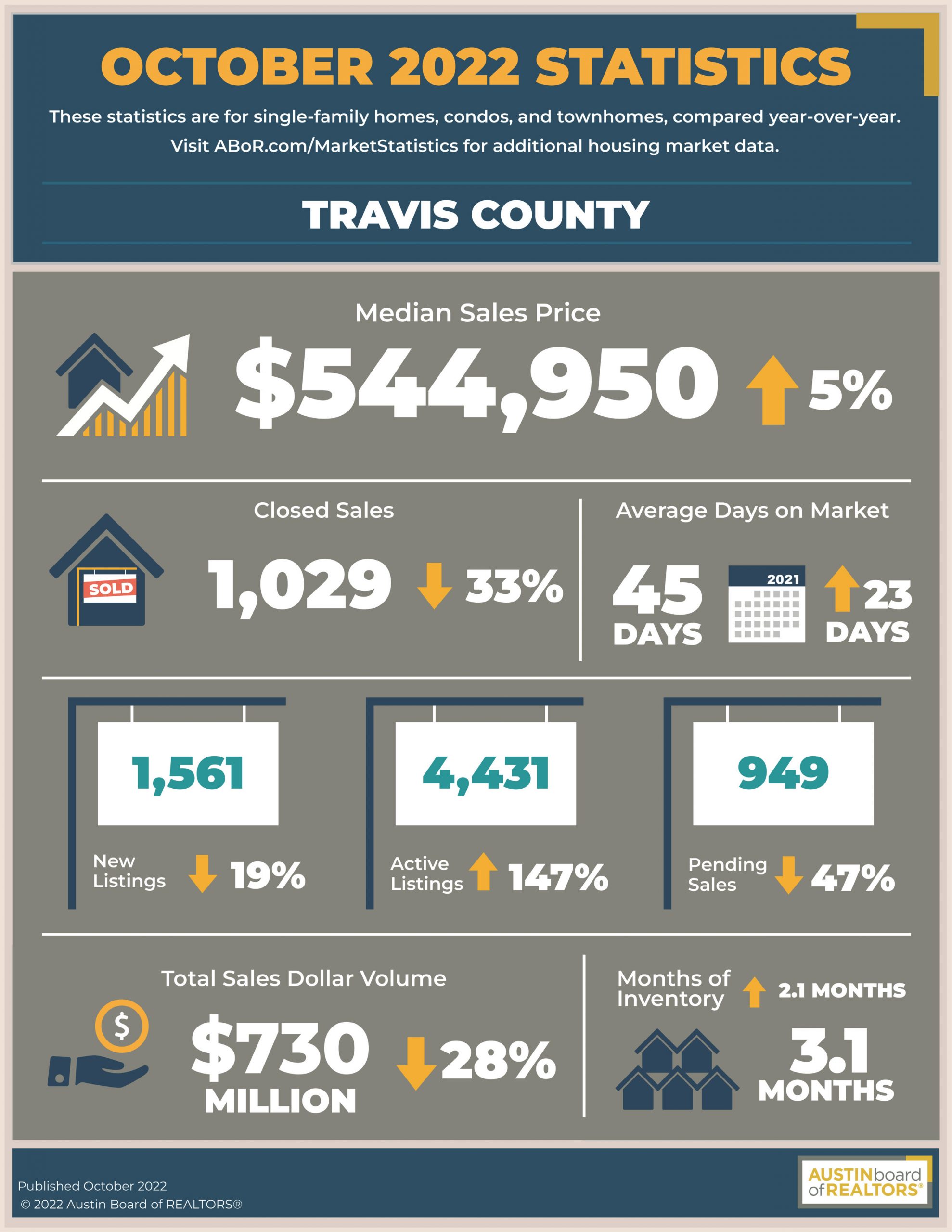
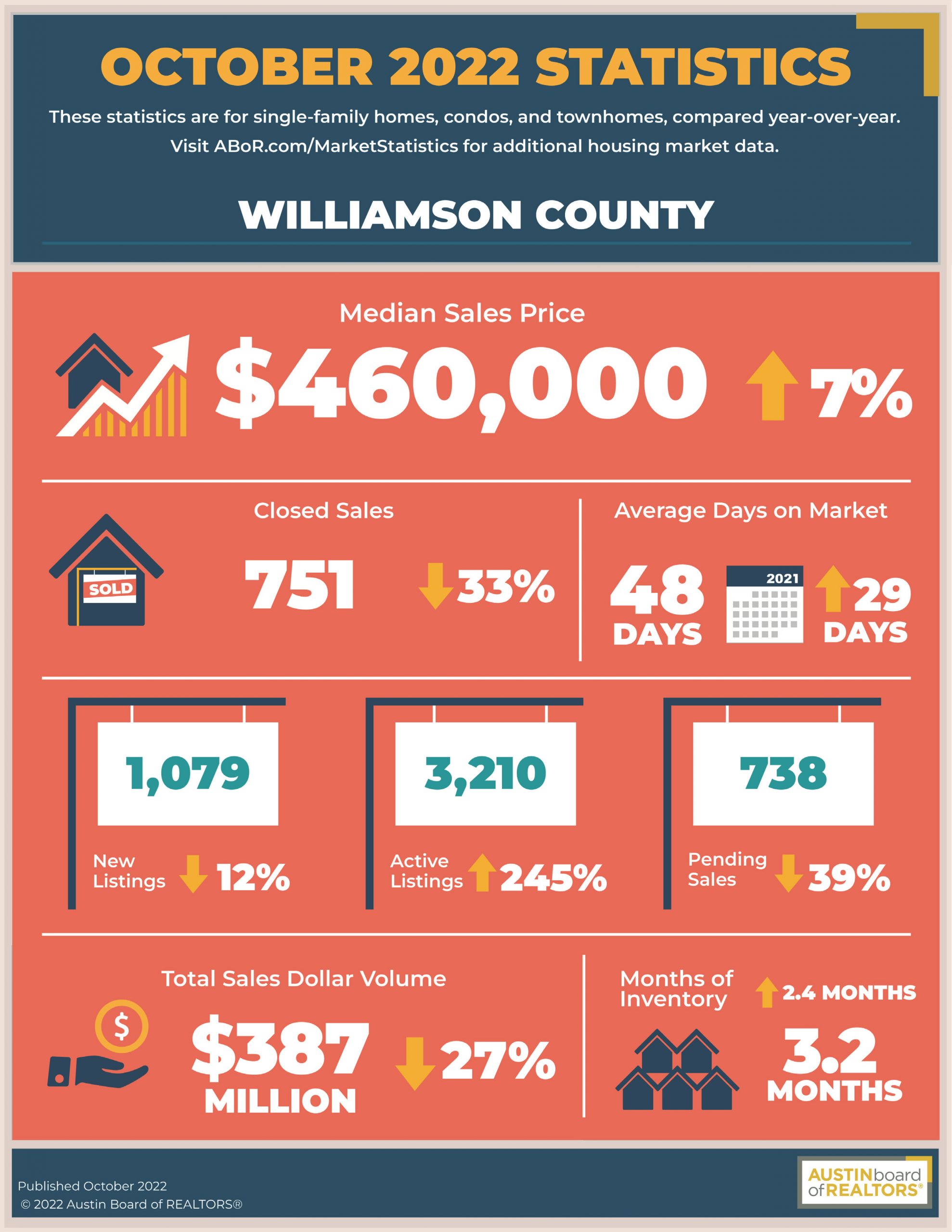

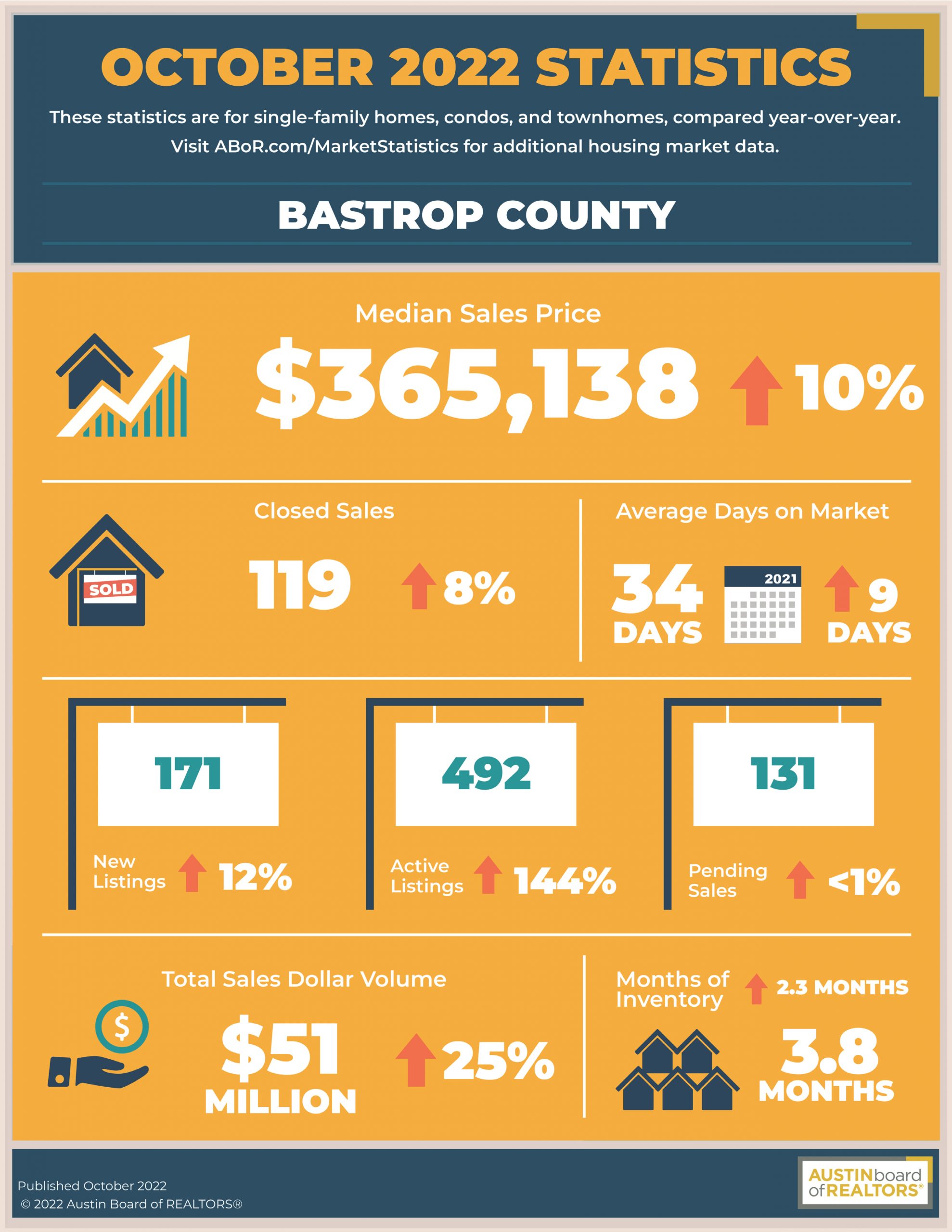
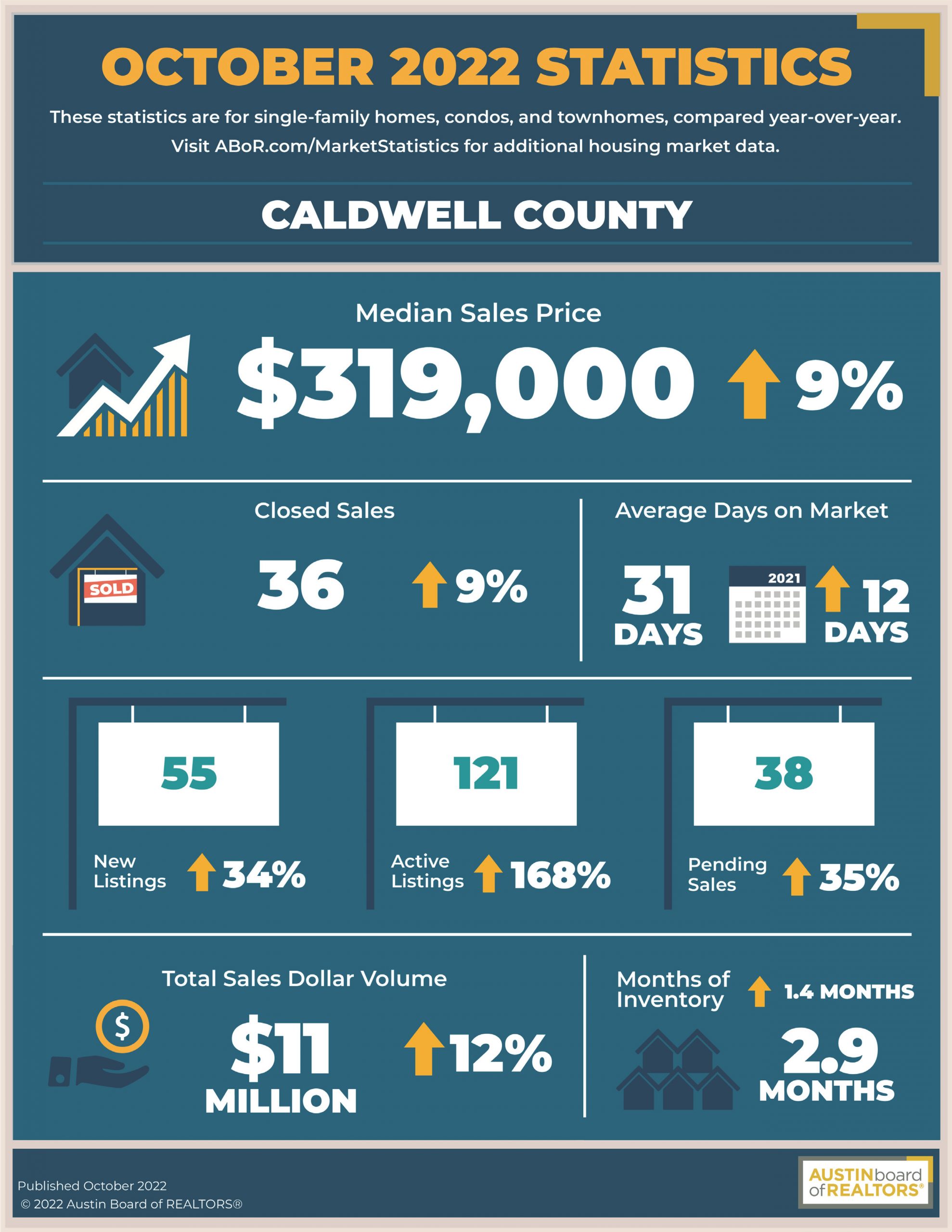
Social Links Widget
Click here to edit the Social Media Links settings. This text will not be visible on the front end.
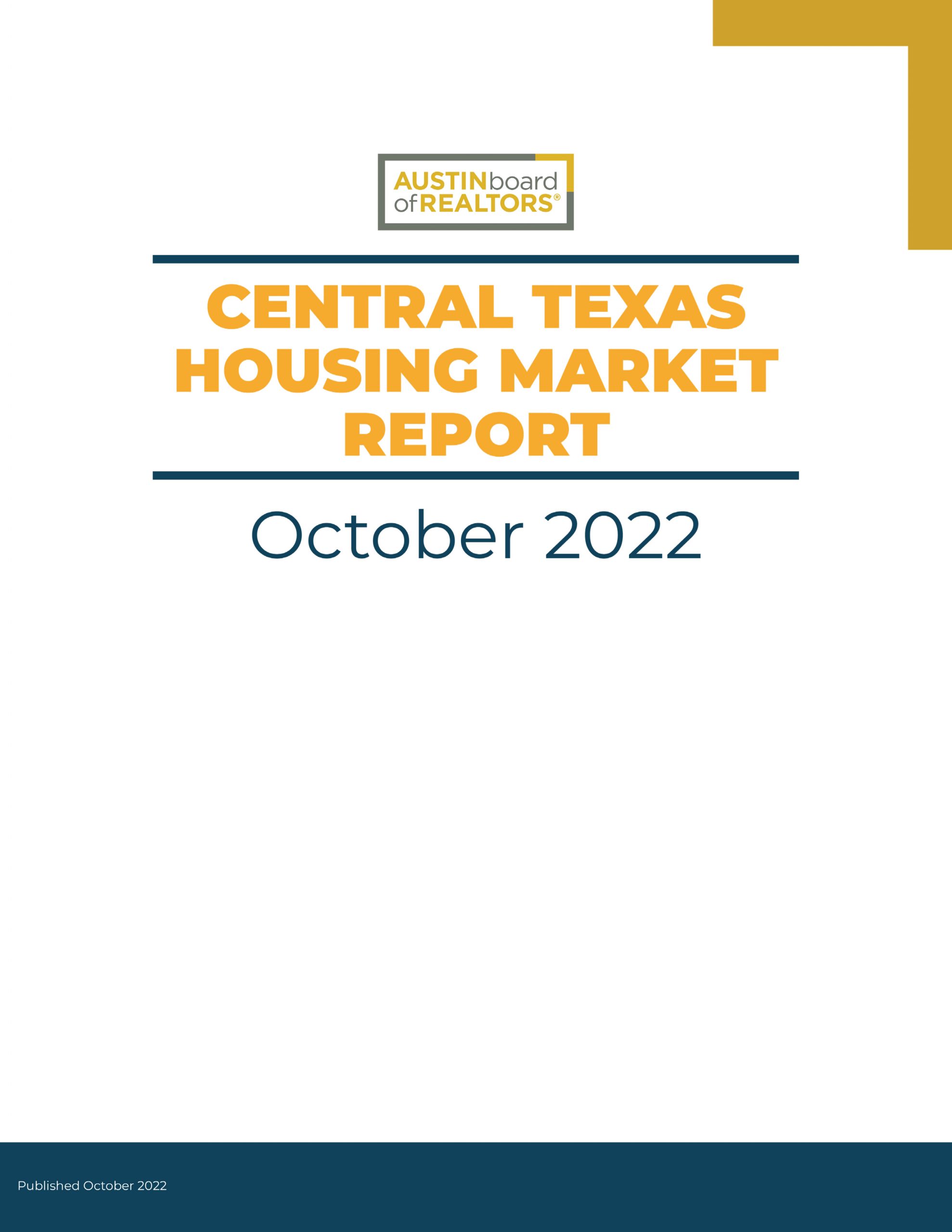










While the Federal Reserve is working hard to bring down inflation, the latest data shows the inflation rate is still high, remaining around 8%. This news impacted the stock market and added fuel to the fire for conversations about a recession.
You’re likely feeling the impact in your day-to-day life as you watch the cost of goods and services climb. The pinch it’s creating on your wallet and the looming economic uncertainty may leave you wondering: “should I still buy a home right now?” If that question is top of mind for you, here’s what you need to know.
In an inflationary economy, prices rise across the board. Historically, homeownership is a great hedge against those rising costs because you can lock in what’s likely your largest monthly payment (your mortgage) for the duration of your loan. That helps stabilize some of your monthly expenses. James Royal, Senior Wealth Management Reporter at Bankrate, explains:
“A fixed-rate mortgage allows you to maintain the biggest portion of housing expenses at the same payment. Sure, property taxes will rise and other expenses may creep up, but your monthly housing payment remains the same.”
And with rents being as high as they are, the ability to stabilize your monthly payments and protect yourself from future rent hikes may be even more important. Lawrence Yun, Chief Economist at the National Association of Realtors (NAR), explains what happened to rents in the latest inflation report:
“Inflation refuses to budge. In September, consumer prices rose by 8.2%. Rents rose by 7.2%, the highest pace in 40 years.”
When you rent, your monthly payment is determined by your lease, which typically renews on an annual basis. With inflation high, your landlord may be more likely to increase your payments to offset the impact of inflation. That may be part of the reason why a survey from realtor.com shows 72% of landlords said they plan to raise the rent on one or more of their properties in the next year.
Becoming a homeowner, if you’re ready and able to do so, can provide lasting stability and a reliable shelter in times of economic uncertainty.
The best hedge against inflation is a fixed housing cost. If you’re ready to learn more and start your journey to homeownership, let’s connect.

If you’re planning to buy a home this year, one of the first steps on your journey is getting pre-approved. Especially in today’s market when mortgage rates are higher than they were just a few months ago, getting a mortgage pre-approval can be a game changer. Here’s why.
To better understand why pre-approval is key, it’s important to know what pre-approval is. The Mortgage Reports explains it like this:
When you’re ready to take the leap into homeownership, your first step is mortgage preapproval. . . . A mortgage preapproval is when a lender determines you’re qualified for a home loan. Your preapproval letter shows the maximum loan amount you’re approved for (your home buying budget), as well as the specific interest rate and loan term you can expect.
As part of the pre-approval process, a lender will look at your finances to determine what they’d be willing to loan you. From there, your lender will give you a pre-approval letter to help you understand your true price range and how much money you can borrow. That can make it easier when you set out to search for homes because you’ll know your overall numbers. And with mortgage rates rising and impacting affordability, a solid understanding of your numbers is even more important.
Another added benefit is that pre-approval lets the seller know you’re qualified to buy their house. A recent article from realtor.com notes:
“. . . getting pre-approved can actually improve your chances of falling into the sellers’ good graces, and you’ll want to get it done as early as you possibly can in the home-buying process.”
Even though bidding wars are easing this year as the market shifts, preapproval is still an important part of making a strong offer. It can help a seller feel more confident because it shows you’re serious about their home and that you’re a qualified buyer.
Getting pre-approved for a mortgage is critical. It helps you better understand what you can borrow and shows sellers you’re serious about purchasing their home. Connect with a local trusted lender so you have the tools you need to succeed as a homebuyer in today’s market. I have a list of lenders to share to get you started.
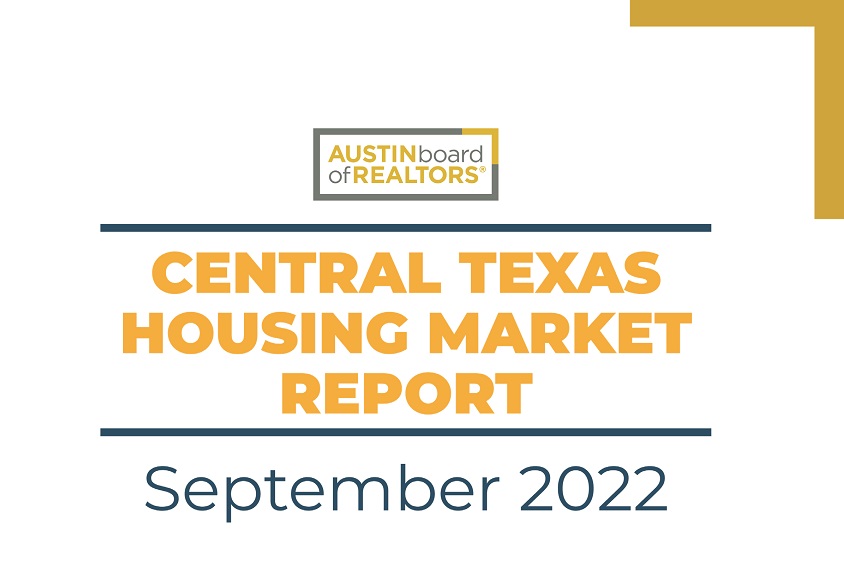
During the month of September, homebuyers in the Austin-Round Rock MSA gained the most leverage they’ve had in over a decade as home price growth slows and inventory continues to increase.
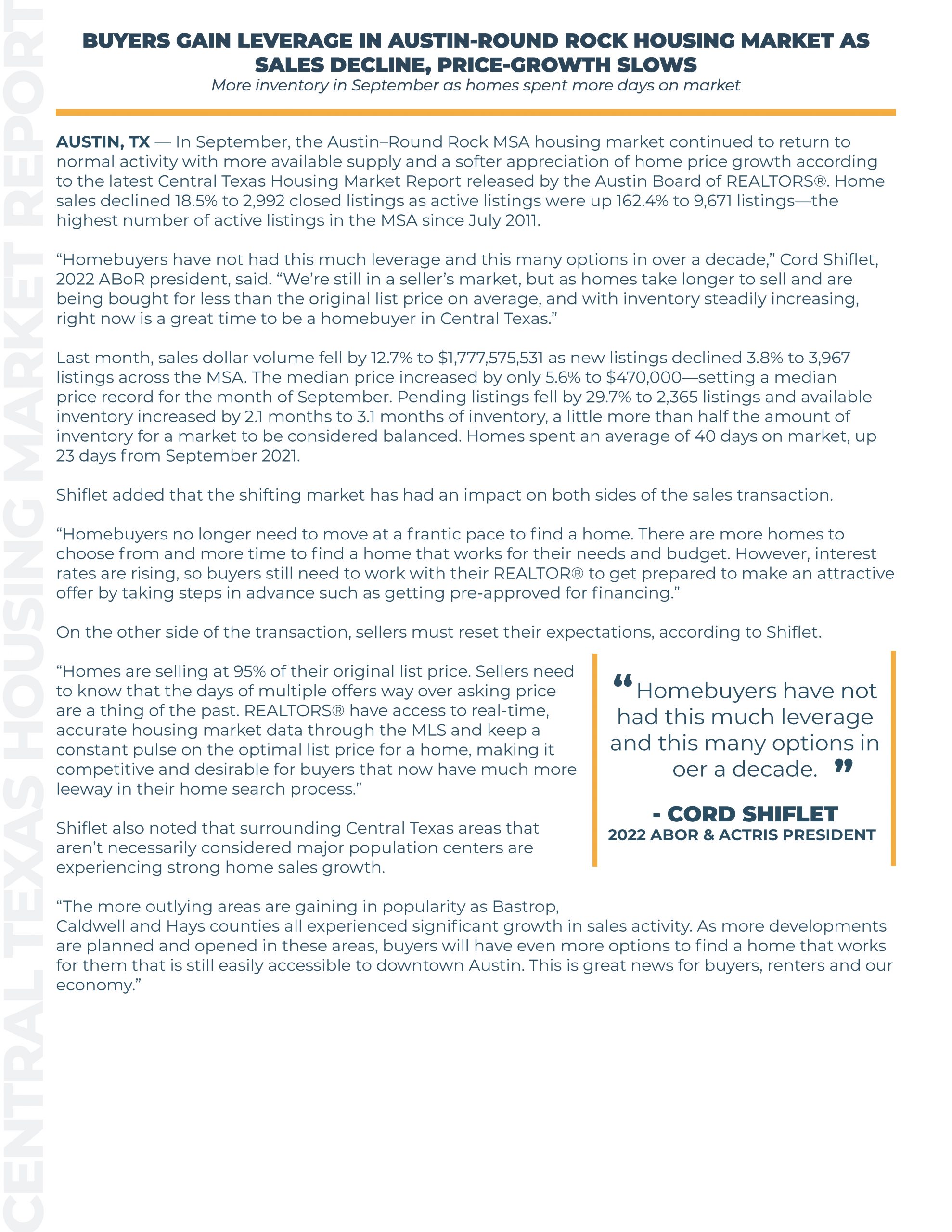

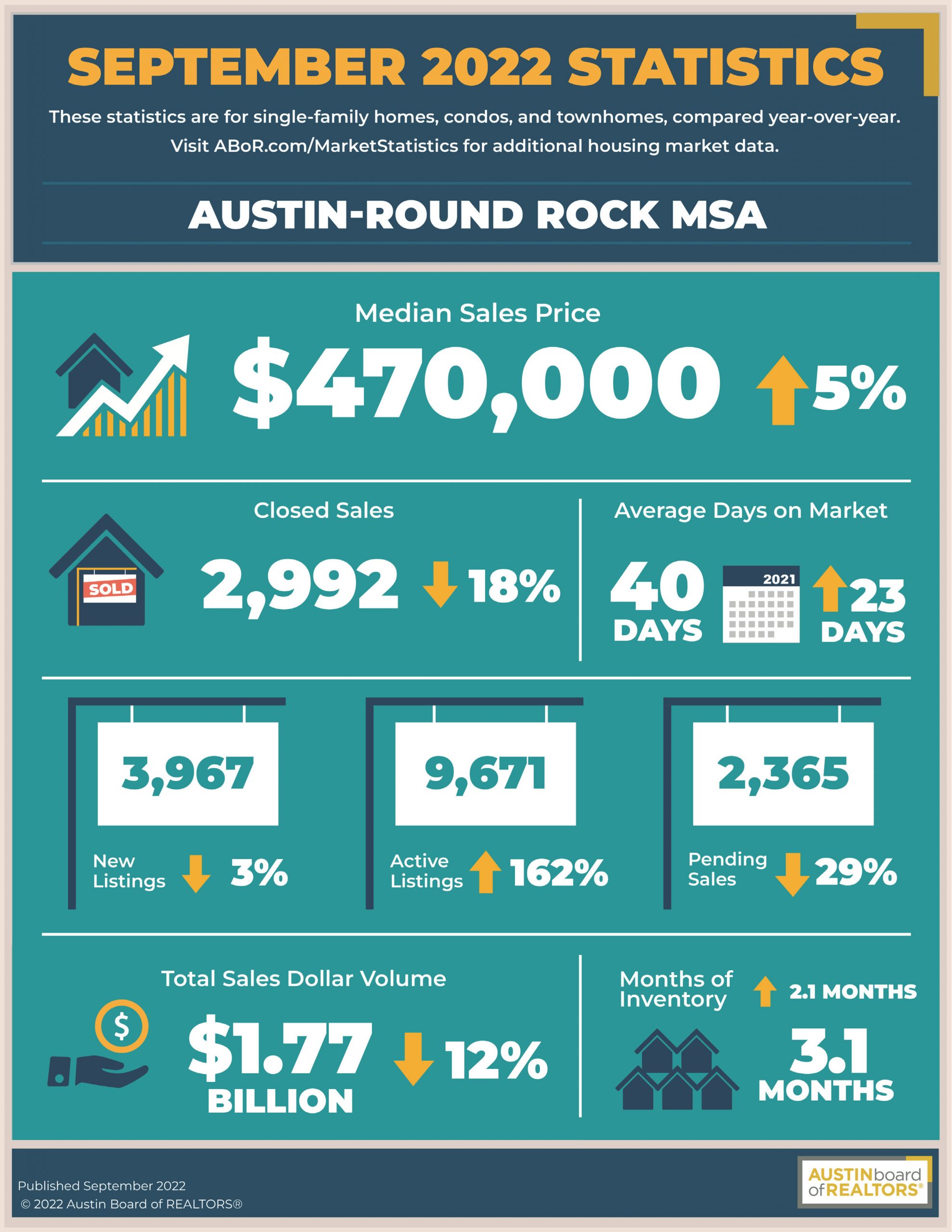



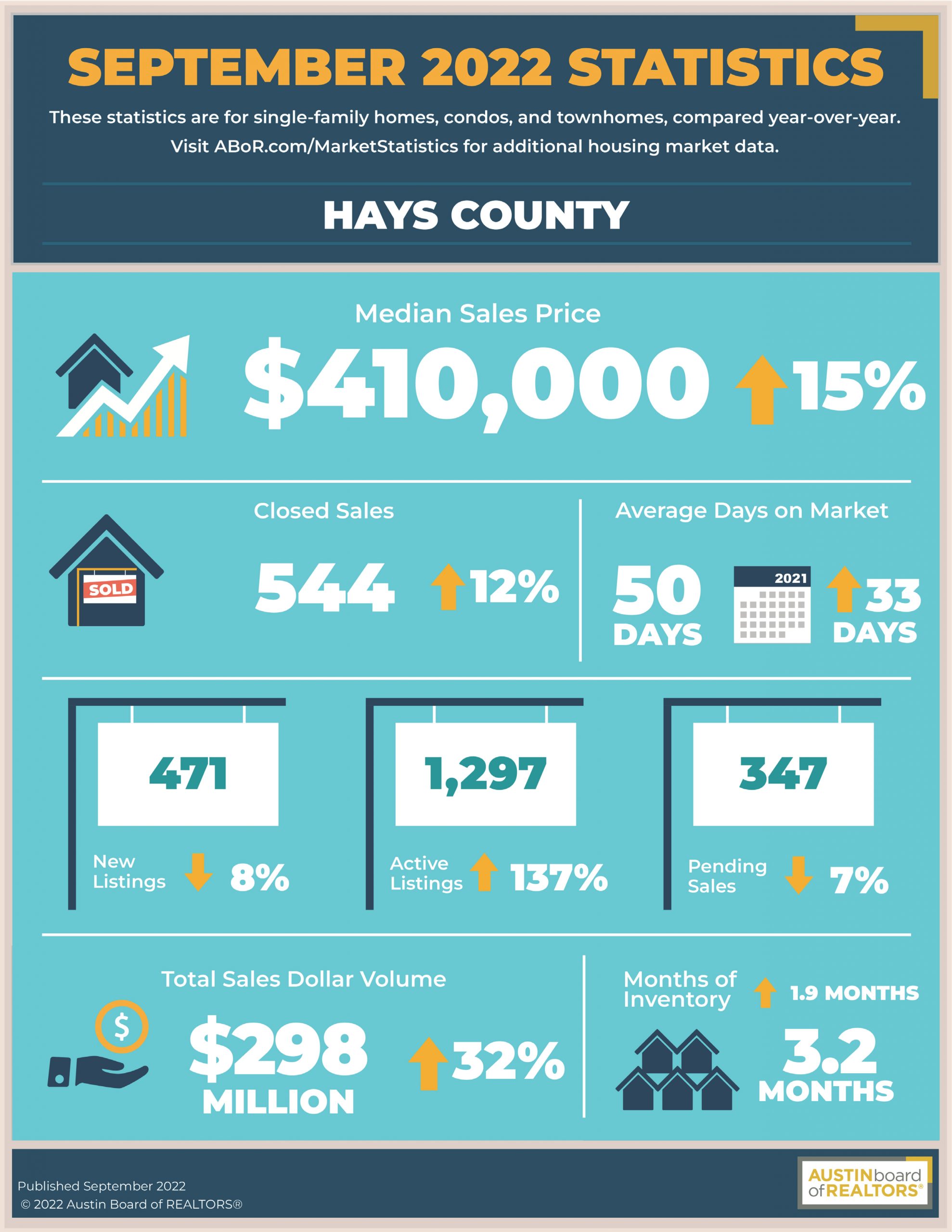

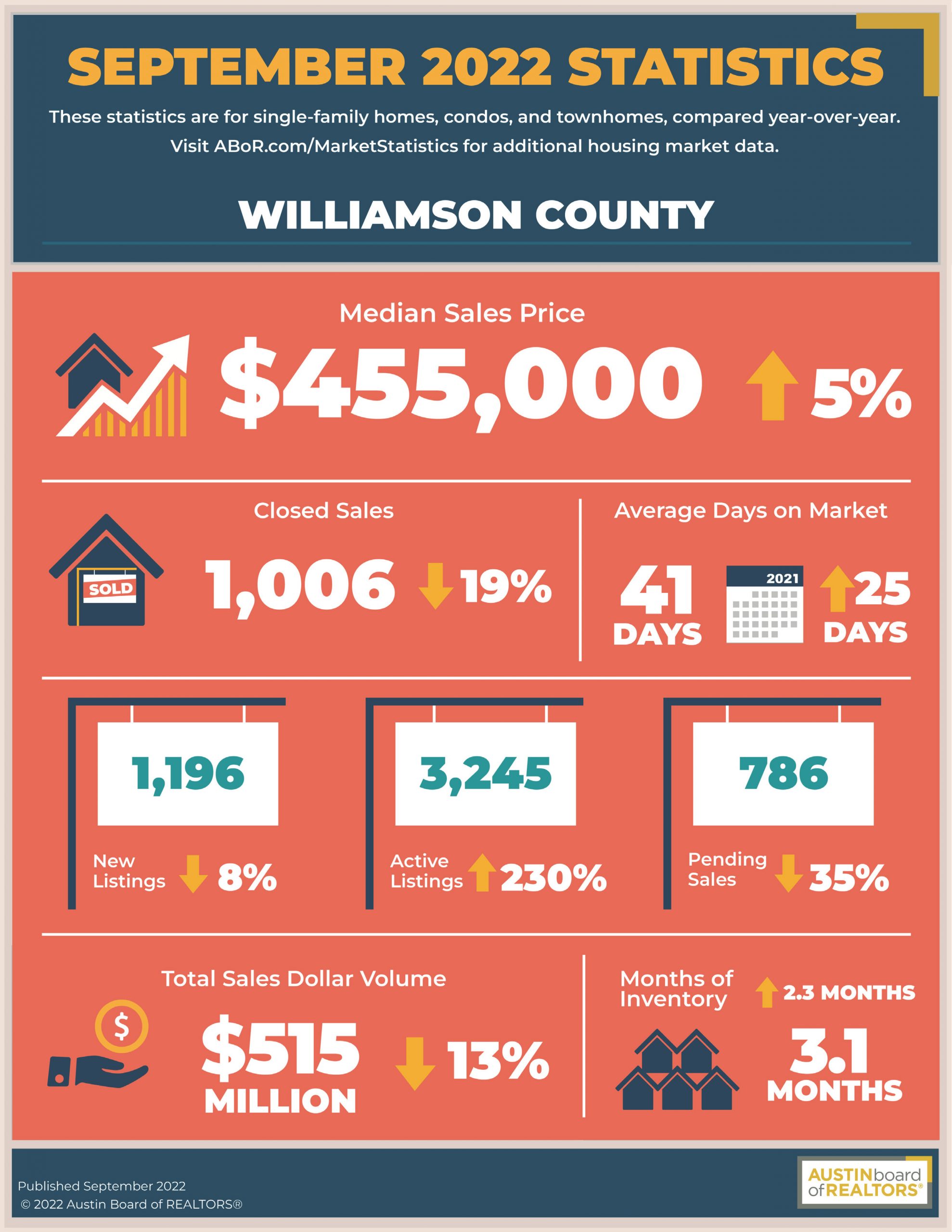
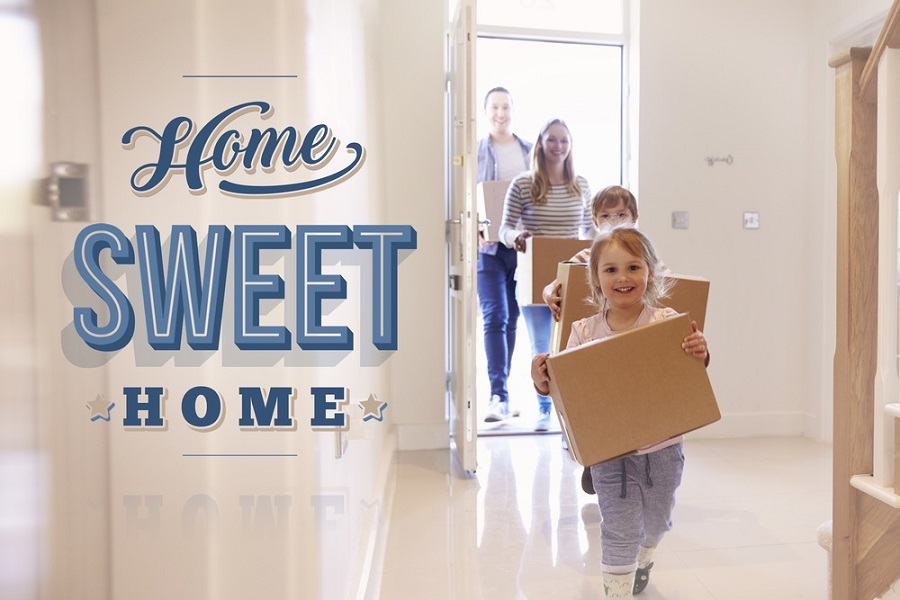
With the Federal Reserve having hiked interest rates multiple times this year, resulting in mortgage rates rising as well, there’s an undercurrent that now is not the time to buy a house. But there are savings to be had and other benefits to doing just that. People considering buying a home should not let negative news reports sway them.
Here are five reasons why it’s still a great time to become a homeowner.
Many home prices are being reduced most everywhere
This past spring and summer saw a frenzy of people wanting to buy, resulting in bidding wars and homes being priced way above what they might have been even a year earlier. So while you won’t get a super-low fixed mortgage right now, you will likely save many thousands of dollars on the house’s price. And if you review mortgage rates over the last 25 years, 7% is close to average.
Owning will almost always beat renting
Unlike the housing market, which has cooled, the rental market is still extremely hot. Paying thousands a month for an apartment builds net worth only for the landlord. Writing mortgage payment checks builds your net worth via the equity owned on the property. Unless you have a really low rent it’s better to own, assuming you can afford it.
Tax benefits are significant for homeowners
It’s been called the best tax break in America–being allowed to deduct mortgage interest paid on federal taxes, assuming you itemize. Since it’s almost all interest paid for the early years of a mortgage, the savings can be significant. With a $200,000 mortgage at 5%, it’s roughly $9,000 interest for years.
Refinancing will likely be an option within a few years
Everyone wants a great mortgage rate, but like the stock market there’s no knowing which way it will trend year to year. While rates are higher now at close to 7% than they’ve been all year, they may go even higher…or lower. Locking in now doesn’t mean you can’t refinance if they go down. You can also consider an adjustable-rate mortgage, which typically has lower rates than the 30-year fixed..
More houses are available with less stress
Buying a house is the biggest purchase most people will ever undertake. For most of 2022 people were having to make lightning-fast decisions, and often were not able to even revisit a house for sale they liked because many were sold within days of being listed. It’s normalizing in many markets, where you can take your time before putting a bid in. That’s the rational way to go about it.

I was so excited to be included in Septembers magazine for Top Agent!
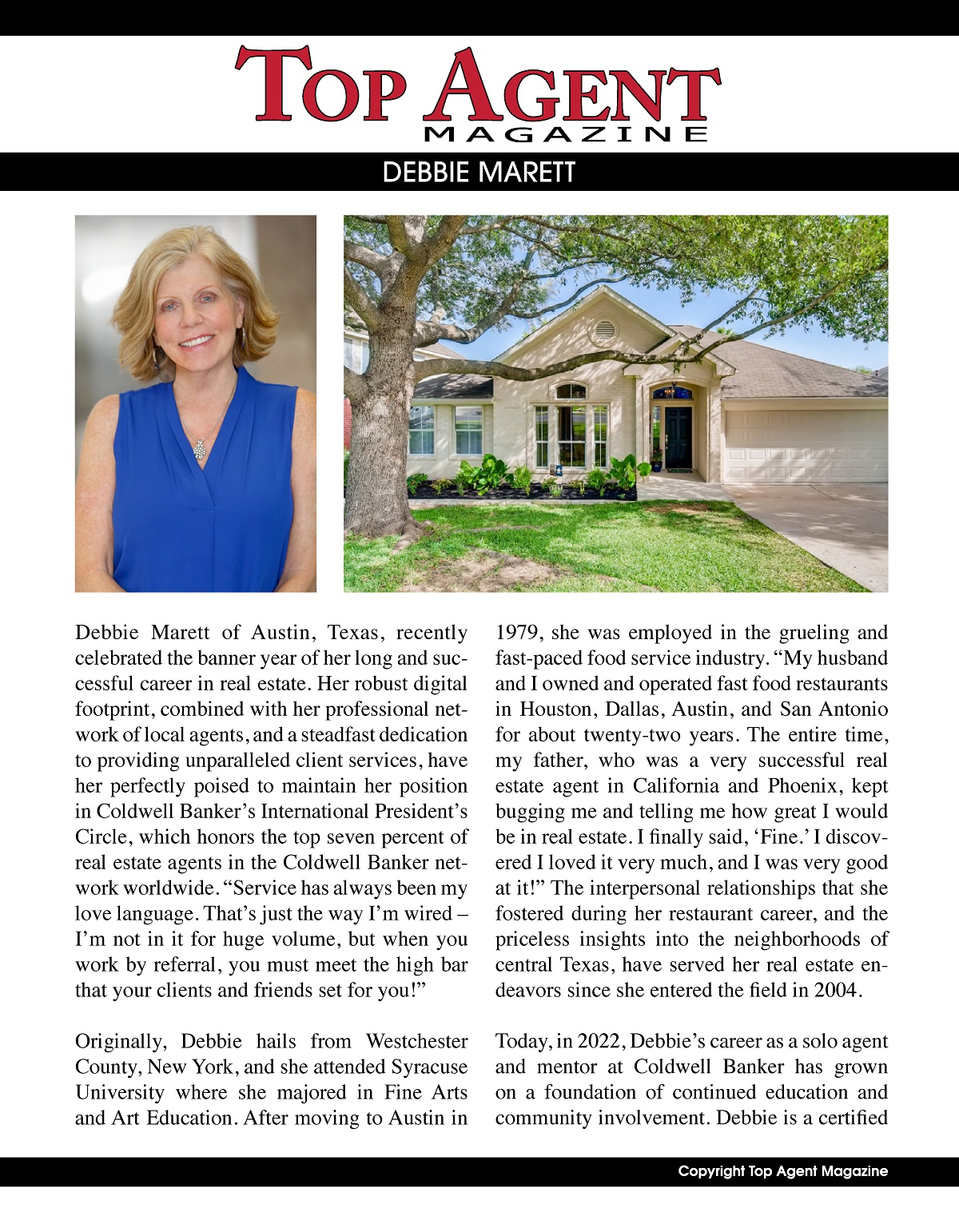

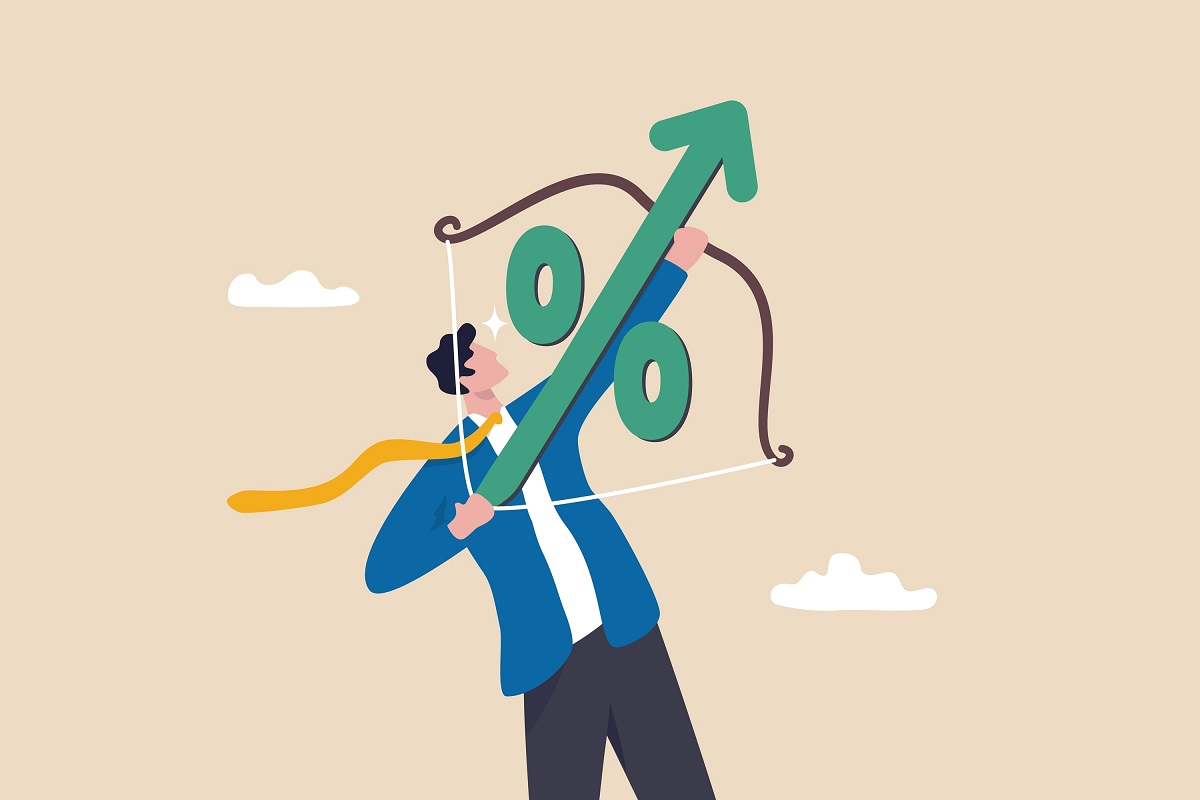
Your monthly house payment depends on many factors, including the interest rate on your mortgage.
Here are some things to keep in mind about interest rates when you’re planning to buy a home.
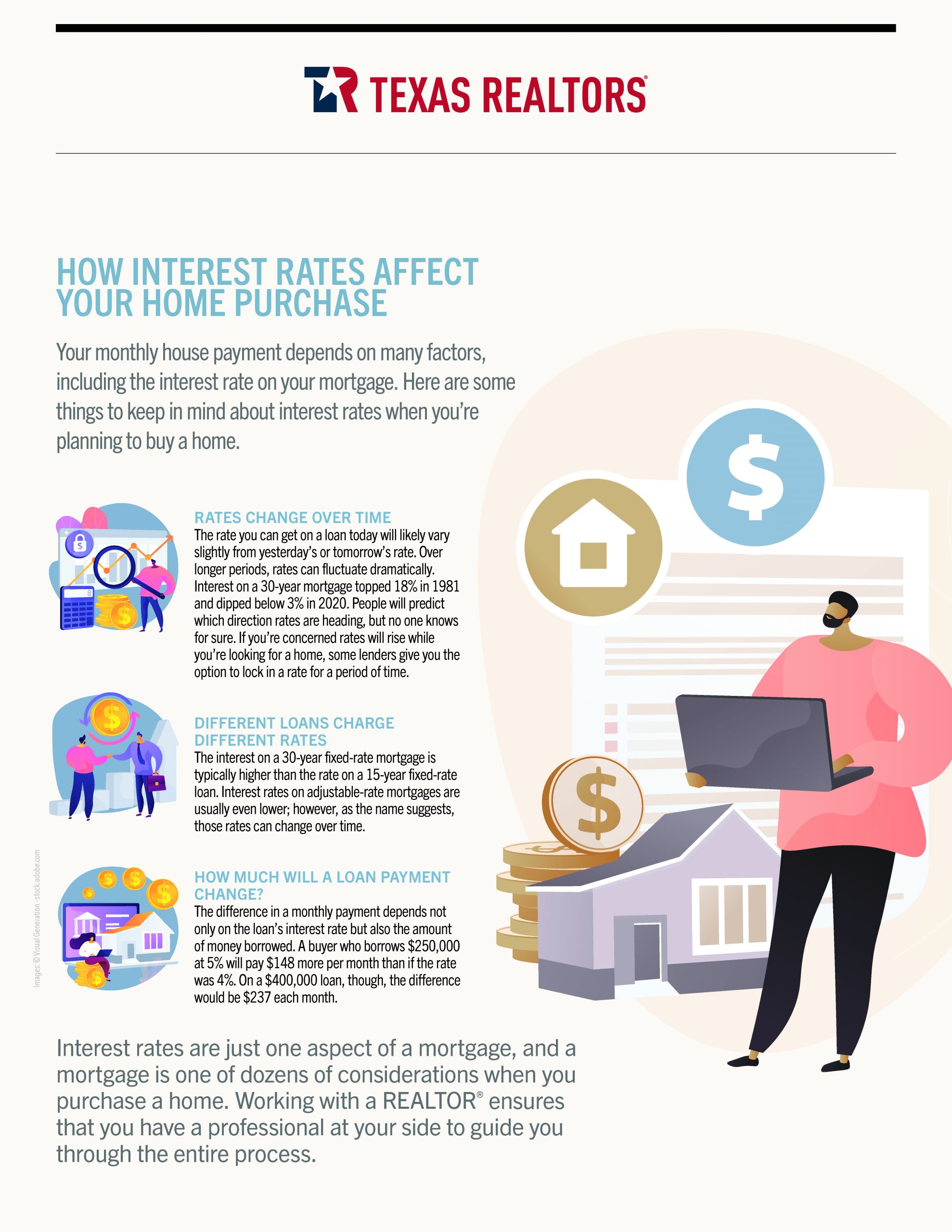
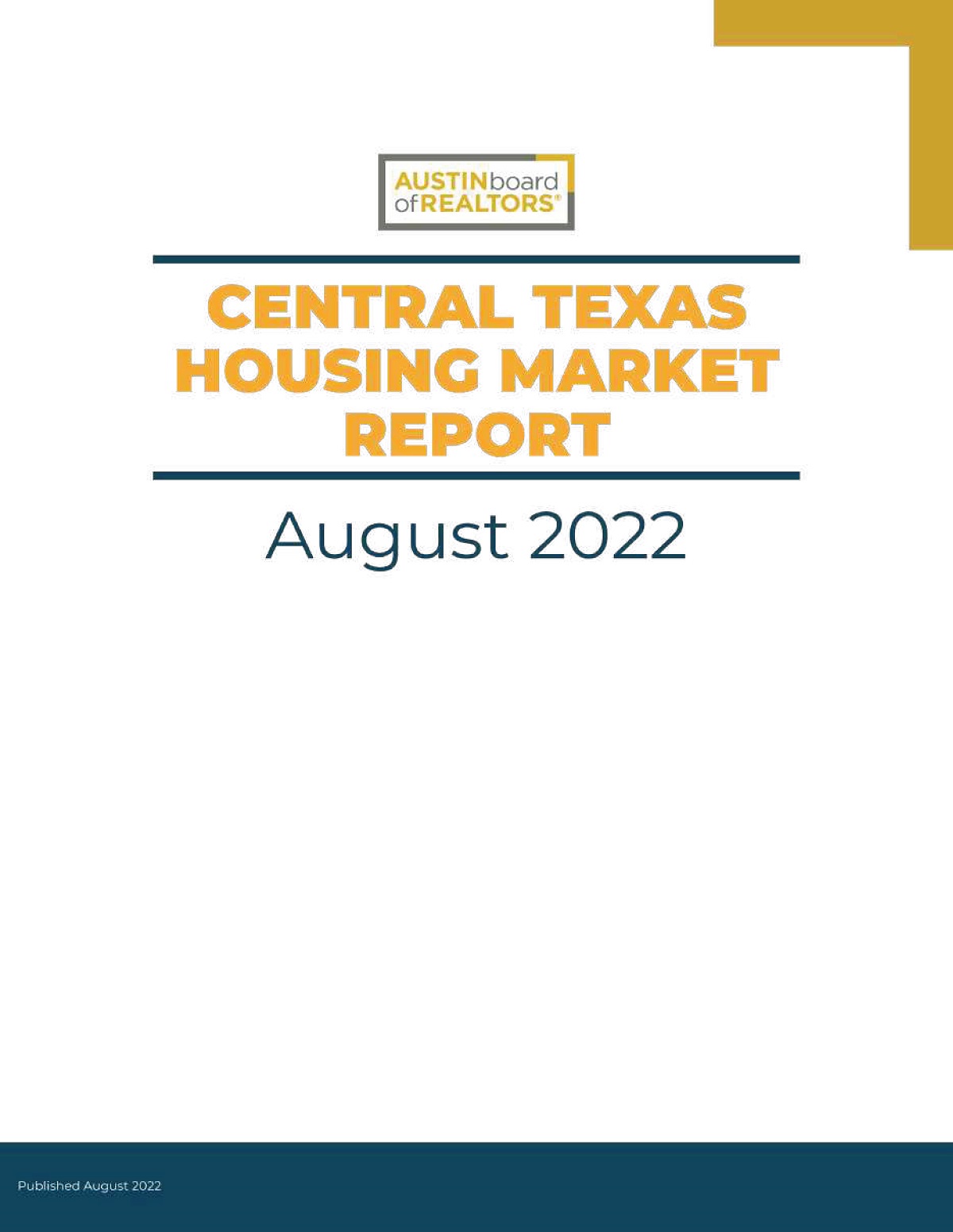
Normal Price Growth & Increasing Inventory Contributed to Market Continued Stabilization. Inventory has reached the highest level since September 2018. The market continues its normalizing trend for the 3rd consecutive month, boosted by a more sustainable rate of price growth & more available supply.

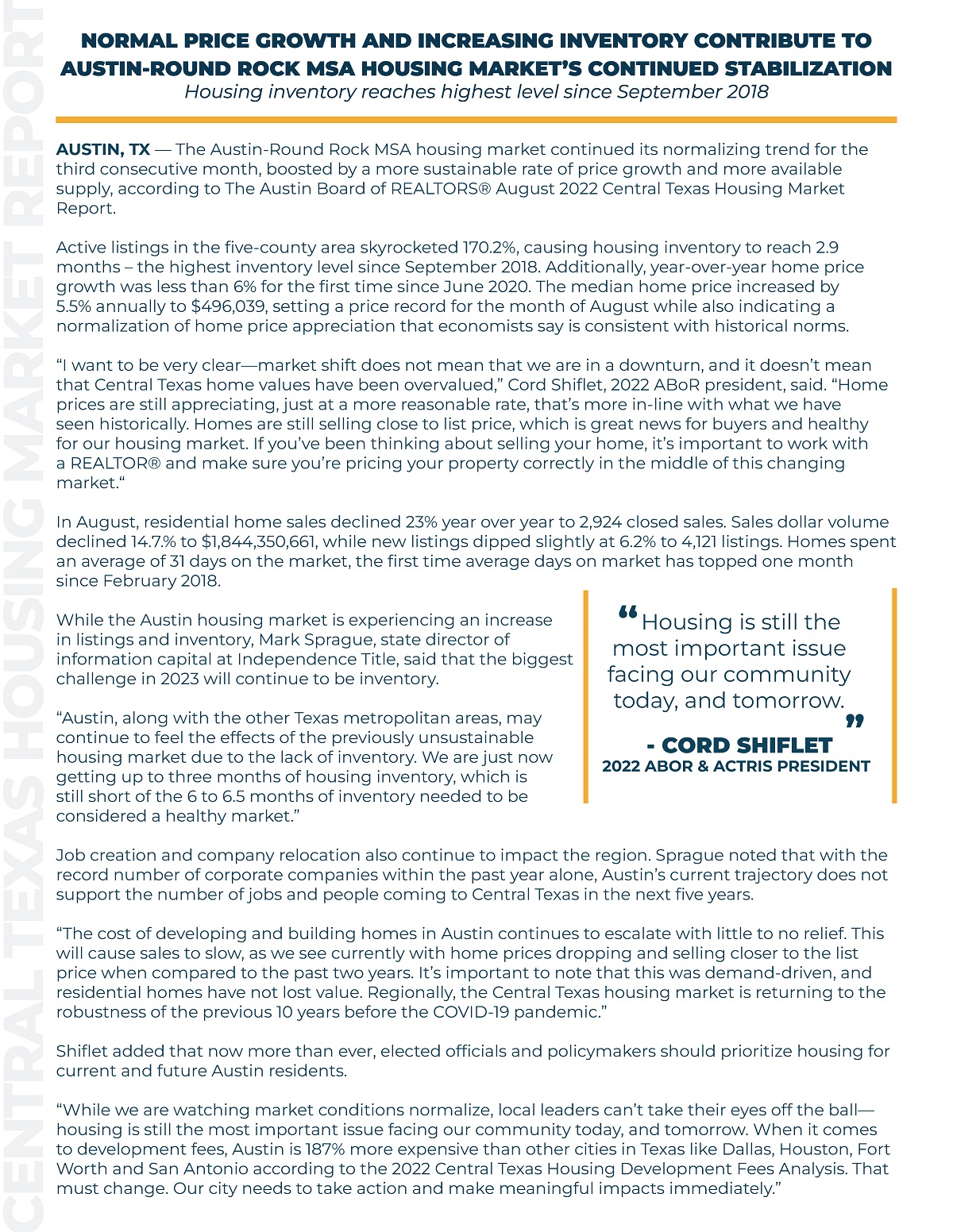
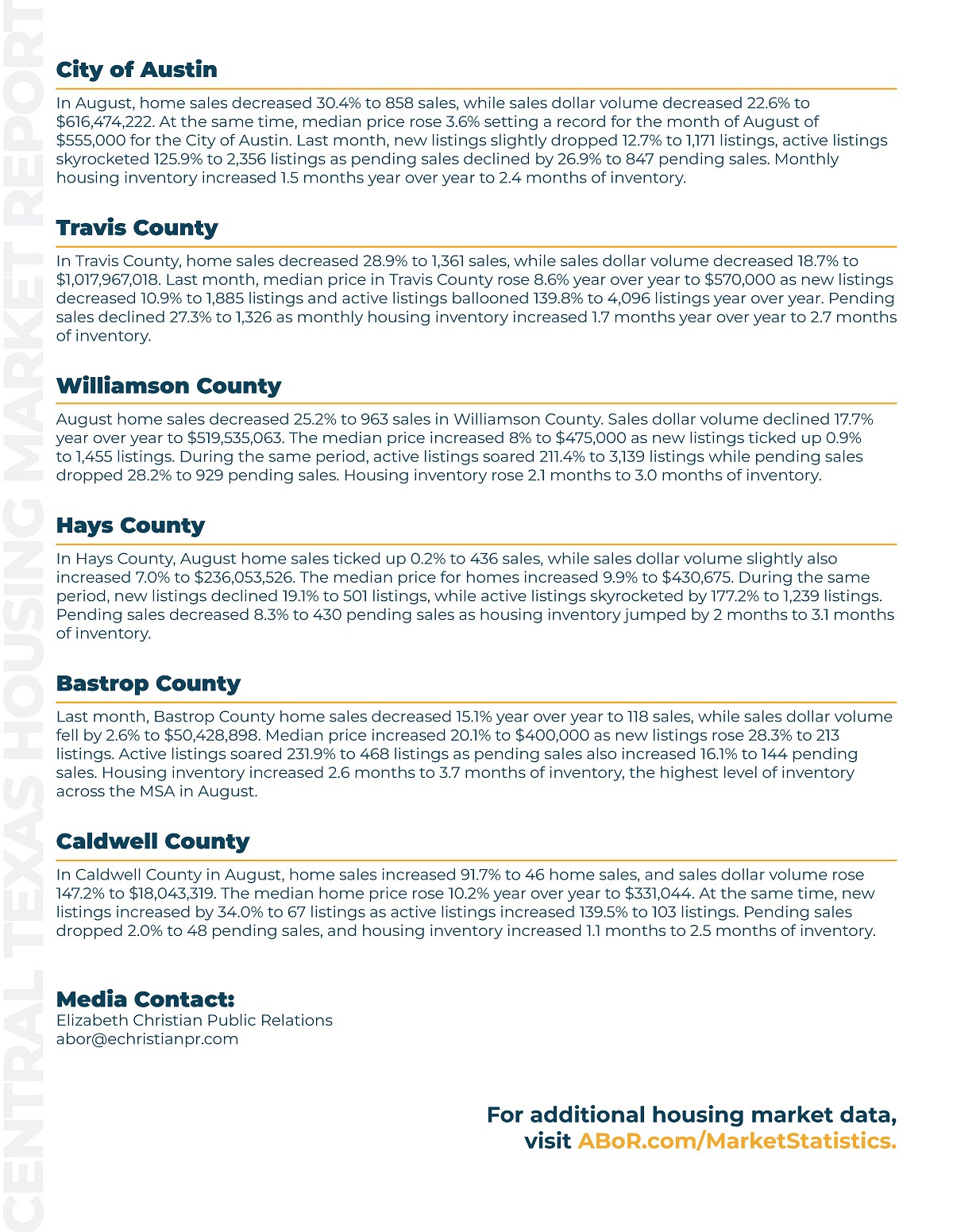
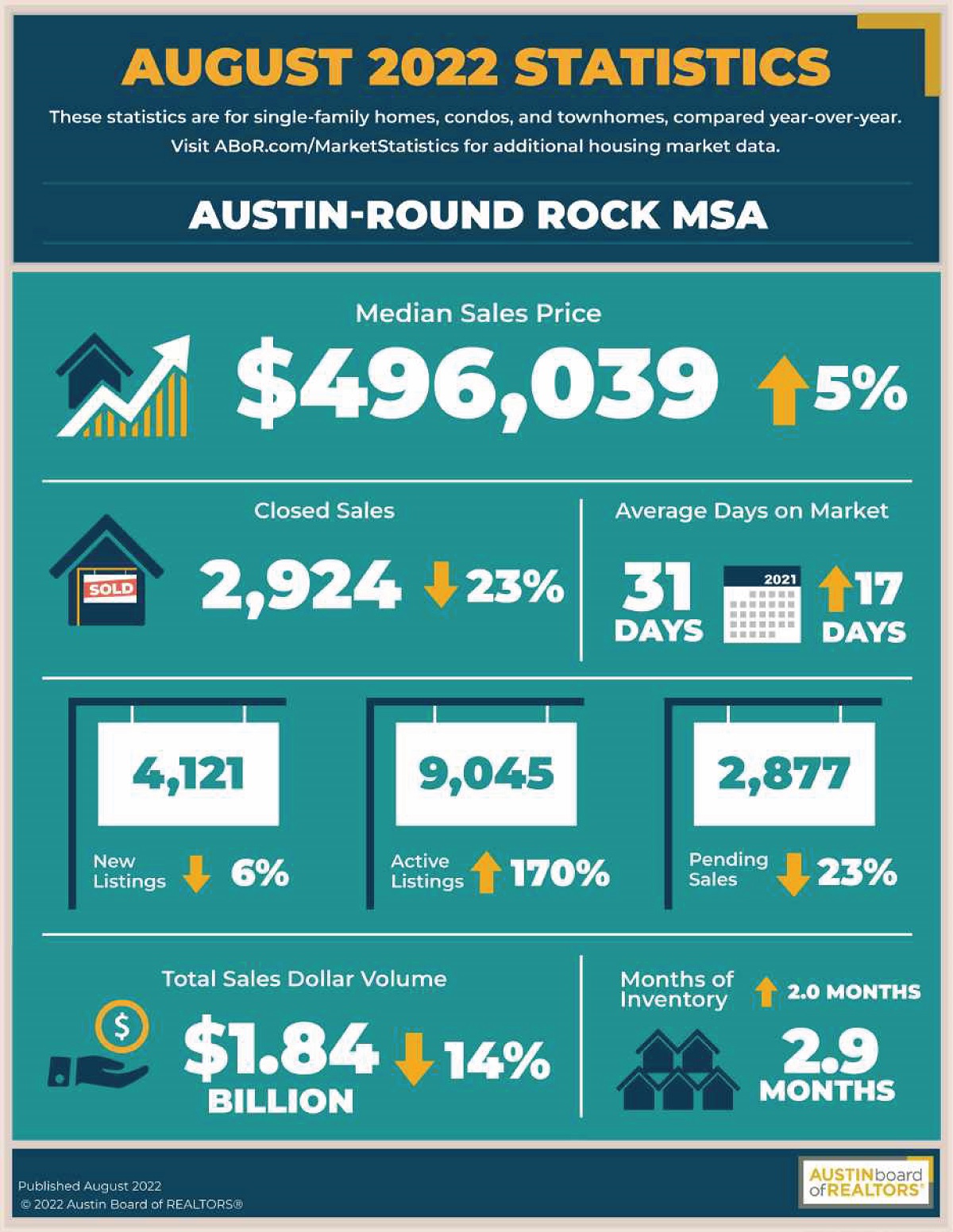






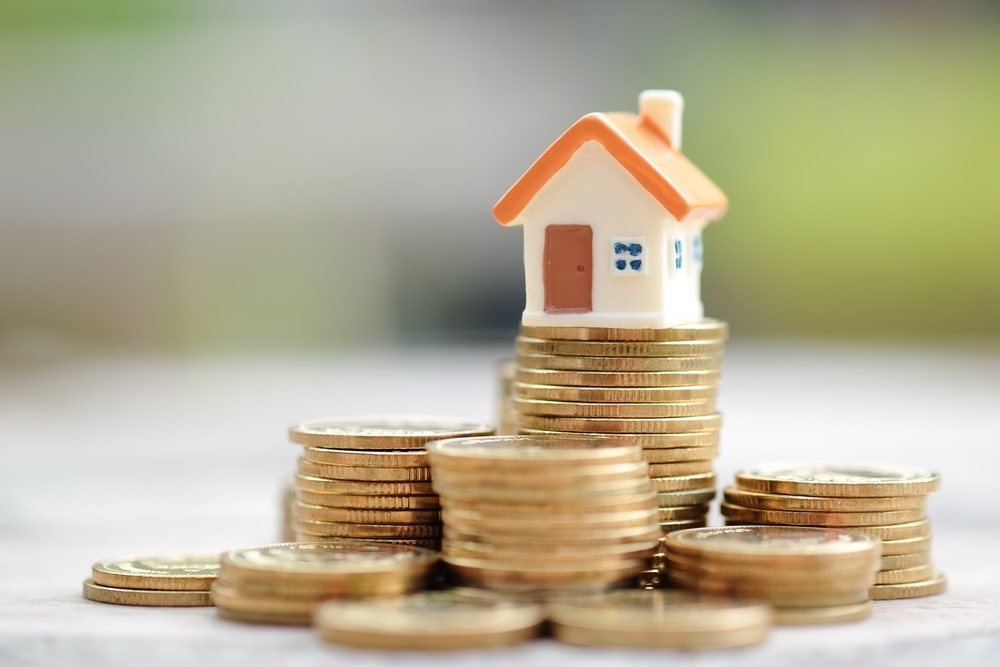
It’s critical to price your house right in today’s market. Let’s connect to make sure your house is priced to sell.
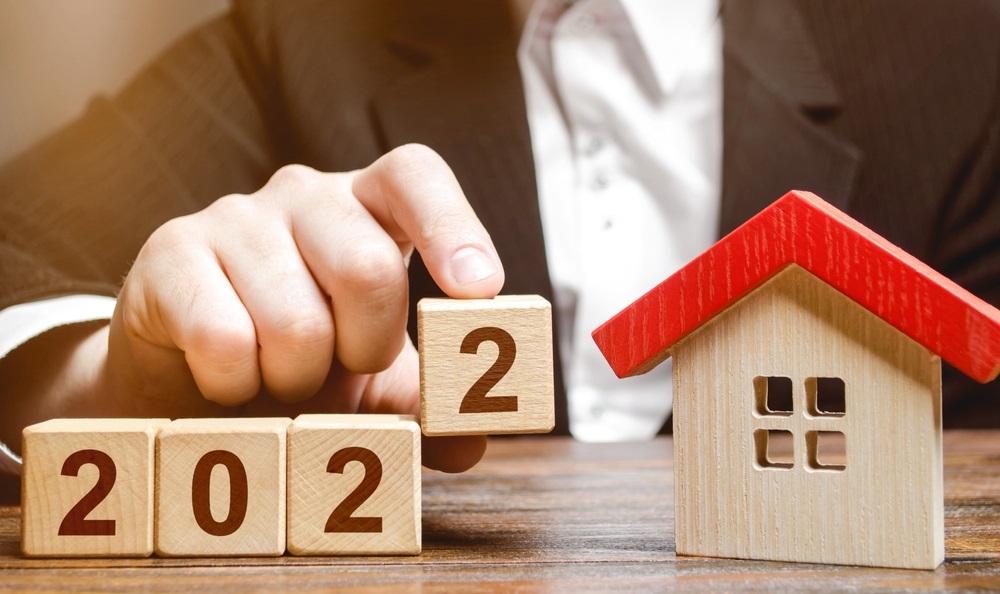


© 2022 Coldwell Banker Residential LLC